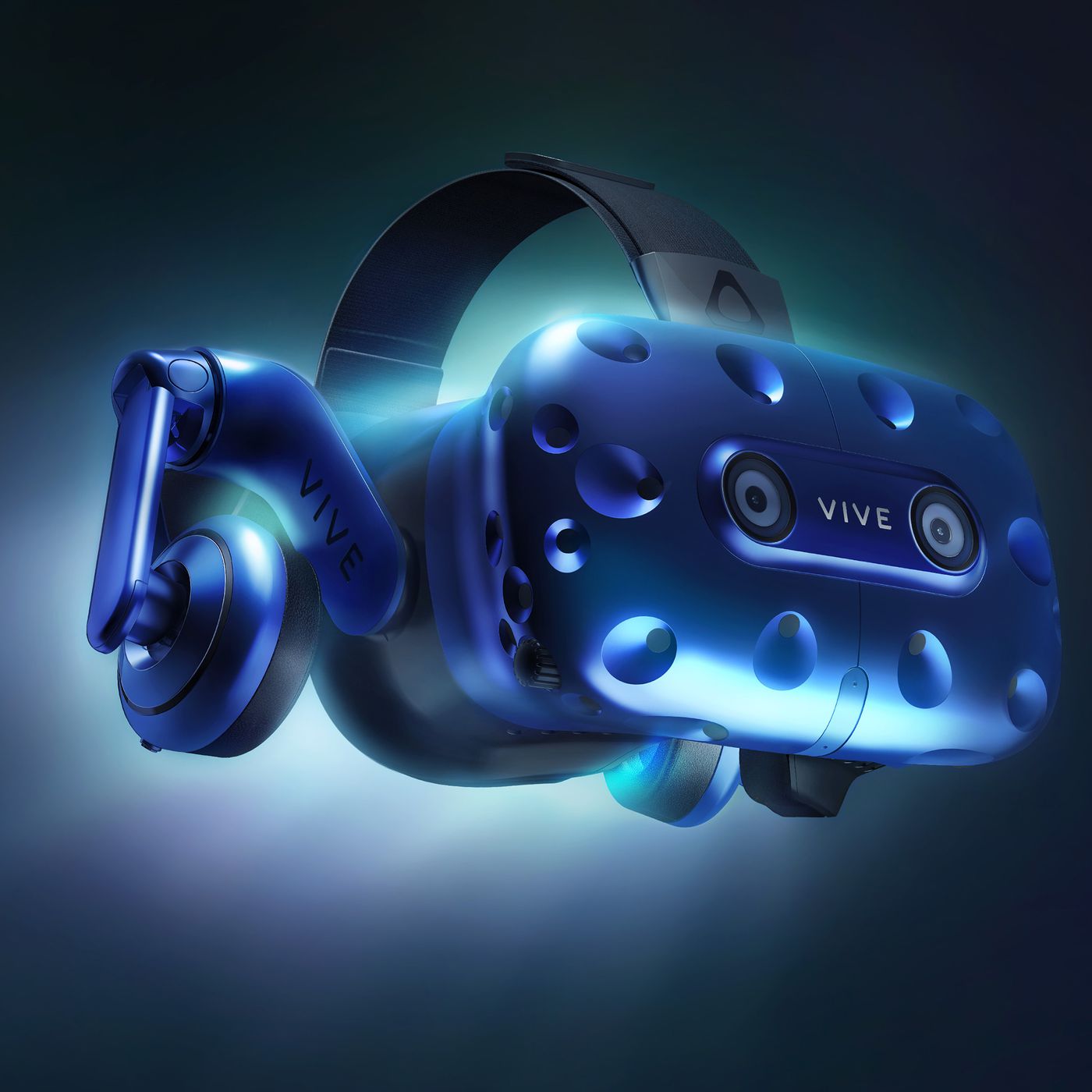VR pioneers include innovative companies like Meta, Sony, Google, and HTC, as well as emerging startups that are shaping the future of virtual reality. These pioneers have played a crucial role in revolutionizing industries such as gaming, social interactions, healthcare, and professional use, making VR more accessible and versatile.
Welcome, fellow VR enthusiasts! Today, I want to take you on a journey through the world of virtual reality. It’s no secret that VR technology has been gaining traction in recent years, becoming an integral part of our daily lives. This is your go-to guide for exploring the trailblazers in this rapidly evolving industry. So, buckle up and let’s dive into the fascinating stories of the companies that have shaped the VR landscape we know today.
When I first tried VR, I was completely blown away. It was like stepping into another dimension, and I couldn’t help but think of the immense potential it held for not only gaming but also education, healthcare, and so much more. This got me thinking: who are the masterminds responsible for this incredible technology?
In this article, we’ll take a closer look at the major players in the VR industry, their cutting-edge innovations, and how they continue to push the boundaries of what’s possible in virtual reality. We’ll explore:
- The early days of VR and the pioneers who laid the foundation.
- How tech giants like Facebook, Sony, and Google have impacted the VR landscape.
- The groundbreaking startups that are making waves in the industry.
- A glimpse into the future of VR and what’s in store for us.
Let’s embark on this exciting journey together and learn about the incredible companies that have made virtual reality what it is today. Are you ready to be inspired?
The Birth of Virtual Reality: Early Innovators and Game Changers

Before diving into the current VR landscape, it’s essential to recognize the early innovators who laid the foundation for this fascinating technology. The concept of virtual reality has been around much longer than you might think.
A Brief Glimpse at VR’s Origins
In a previous article, I explored the history of virtual reality in depth: When Was VR Invented? The History of Virtual Reality!. It’s a captivating read that takes you through the evolution of VR, from the Sensorama in the 1960s to the rise of modern headsets.
But for now, let’s focus on a few key innovators who paved the way for today’s VR pioneers:
- Morton Heilig: Known for creating the Sensorama, Heilig was a visionary who dreamed of fully immersive multimedia experiences.
- Ivan Sutherland: Often referred to as the “father of computer graphics,” Sutherland developed the first head-mounted display (HMD) called “The Sword of Damocles” in 1968.
- Jaron Lanier: Lanier’s company, VPL Research, brought the term “virtual reality” into the mainstream and developed influential products like the DataGlove and the EyePhone.
With the groundwork set by these early trailblazers, the stage was set for major companies and startups alike to revolutionize the world of virtual reality.
Facebook and Oculus: Merging Social Media and VR for Immersive Experiences
As we venture further into the realm of virtual reality, one of the most influential companies in the industry is undoubtedly Facebook. Their acquisition of Oculus in 2014 marked a turning point for the VR landscape and brought this groundbreaking technology into the mainstream.
The Oculus Rift: A Game Changer in VR
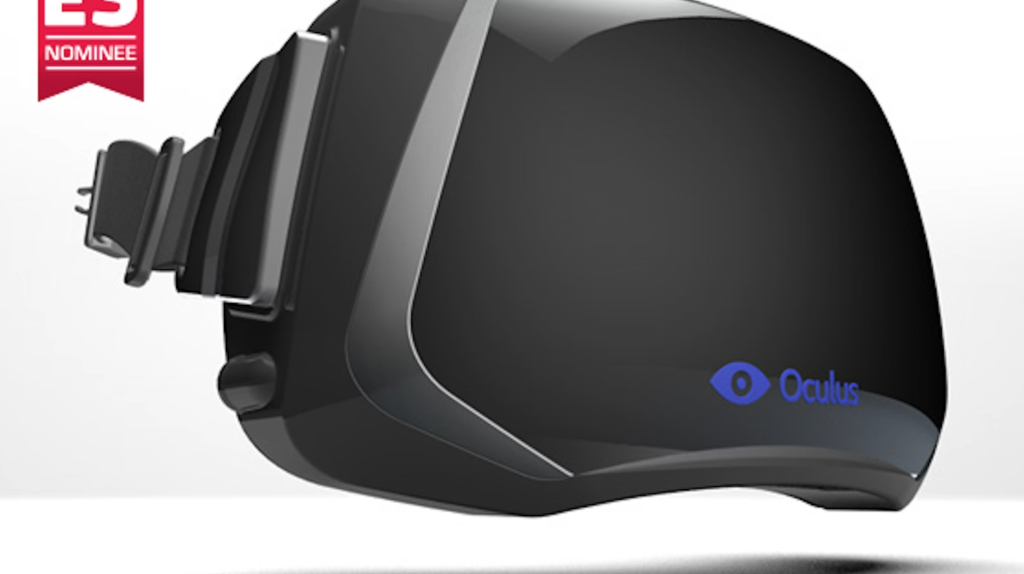
The story of Oculus began with a passionate young entrepreneur named Palmer Luckey. Luckey’s dream was to create a high-quality, affordable VR headset, and with the help of a wildly successful Kickstarter campaign, the Oculus Rift was born. This revolutionary device took the world by storm and set the standard for future VR headsets.
When Facebook acquired Oculus for a staggering $2 billion, it was a clear indication that VR was no longer just a niche market. Facebook’s involvement propelled virtual reality into the limelight and led to the development of the Oculus Rift’s successors, the Oculus Go, Quest, and Rift S.
The Future of Social VR: Meta Horizon

Meta’s ambitious vision for virtual reality goes beyond gaming and entertainment. With the launch of Meta Horizon, a social VR platform, the tech giant aims to create a shared virtual space where users can connect, collaborate, and create together.
Imagine attending a virtual concert with friends from around the globe, collaborating on a project in real-time, or participating in interactive learning experiences – all within the immersive world of virtual reality. Meta Horizon is poised to redefine the way we interact with one another in the digital space.
With their continued investment in VR technology and the drive to create immersive social experiences, Meta is undoubtedly shaping the future of virtual reality.
HTC Vive: A Leader in High-End Virtual Reality Experiences
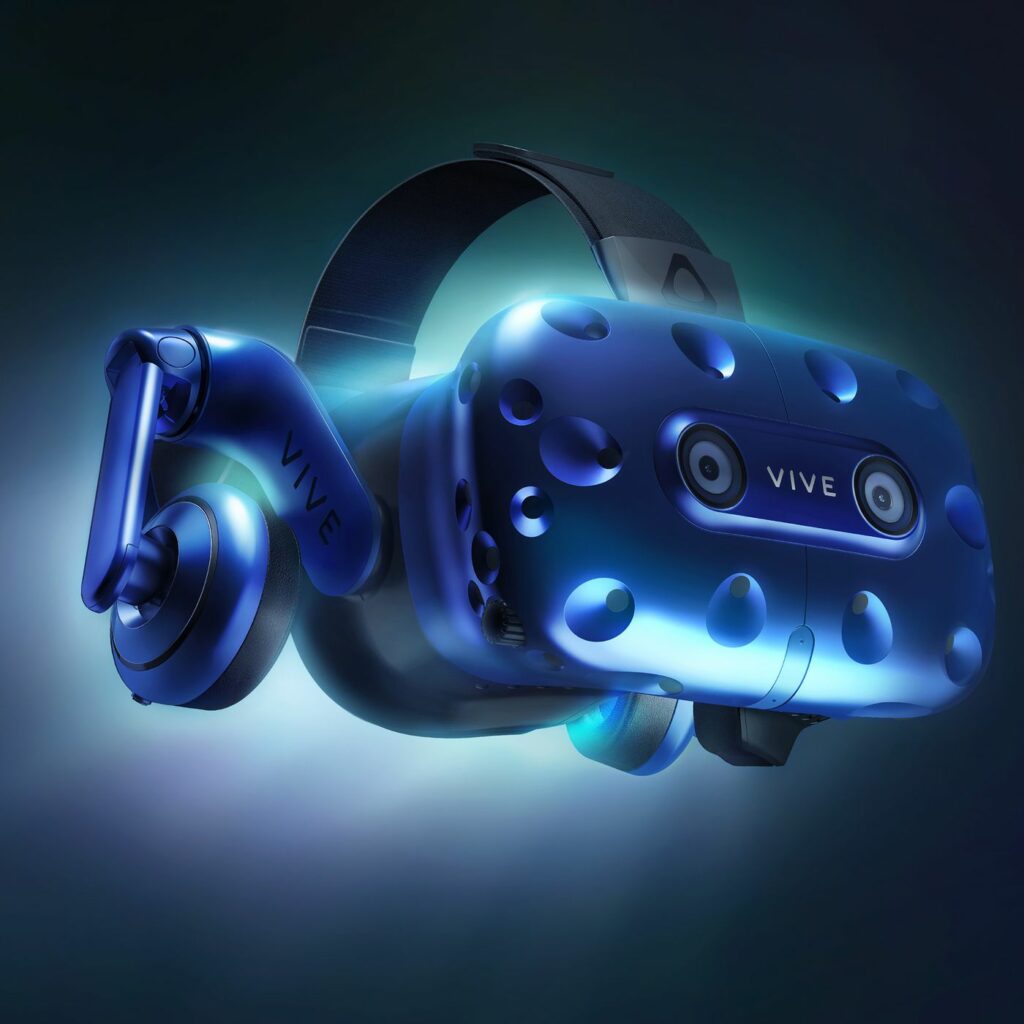
Another significant player in the virtual reality space is HTC, a company that has made a name for itself by delivering top-notch VR experiences through its HTC Vive product line. By focusing on high-quality hardware and a robust ecosystem, HTC has carved a niche for itself among VR enthusiasts and professionals alike.
HTC Vive: A New Benchmark for Immersive VR
Launched in 2016 as a collaborative effort between HTC and Valve Corporation, the HTC Vive quickly gained recognition as one of the most advanced VR systems available. It set a new benchmark for immersive VR experiences with its precise room-scale tracking and high-resolution displays.
The HTC Vive’s innovative design and powerful hardware allowed users to enjoy a wide range of VR content, including gaming, art, education, and professional applications. With the backing of Valve’s SteamVR platform, the Vive benefited from a vast library of content, making it a popular choice for VR enthusiasts.
Expanding the HTC Vive Ecosystem
Over the years, HTC has expanded its Vive product line to cater to various user needs and preferences. Some notable additions to the Vive family include:
- Vive Pro: An upgraded version of the original Vive, the Vive Pro offers improved resolution, comfort, and audio, making it an ideal choice for professionals and hardcore VR enthusiasts.
- Vive Focus: A standalone VR headset that doesn’t require a PC or smartphone, the Vive Focus offers a more portable and accessible virtual reality experience.
- Vive Cosmos: A versatile, modular VR system with inside-out tracking and a user-friendly design, the Vive Cosmos caters to a broad range of users, from casual gamers to professionals.
HTC’s Vision for the Future of VR
As the virtual reality landscape continues to evolve, HTC remains committed to pushing the boundaries of VR technology. Their recent forays into eye-tracking, wireless adaptors, and VR accessories demonstrate the company’s dedication to enhancing the VR experience and exploring new possibilities.
With HTC’s ongoing innovation and commitment to high-quality virtual reality experiences, we can expect them to remain a driving force in the VR industry for years to come.
Sony’s PlayStation VR: Revolutionizing Gaming Through Virtual Reality
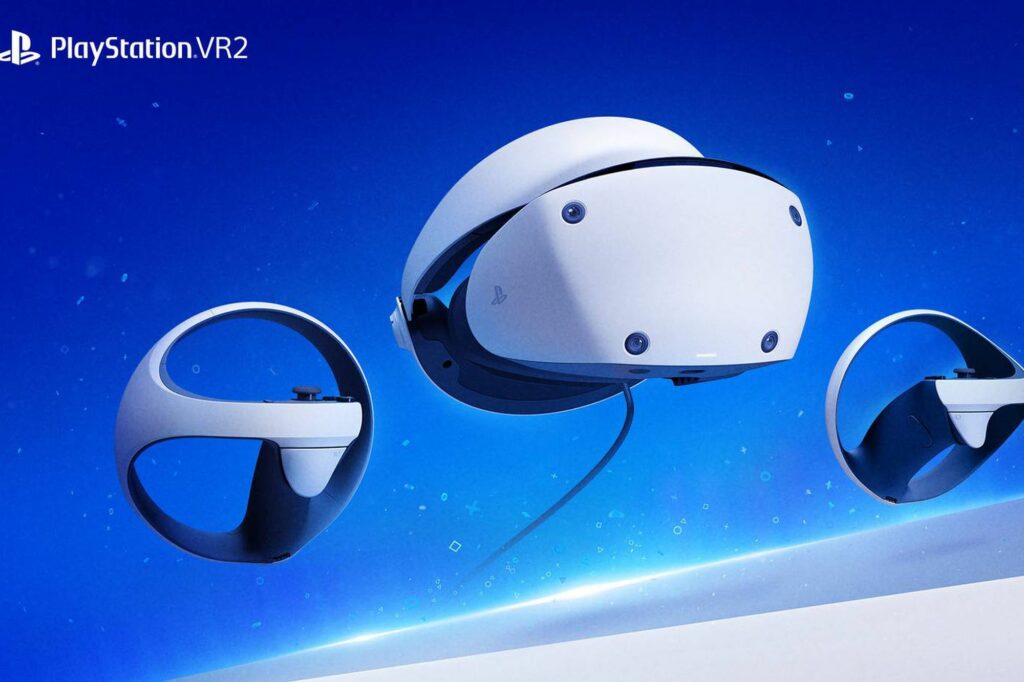
When we think of VR, gaming is often the first thing that comes to mind. And no one has made a more significant impact on the world of VR gaming than Sony with their PlayStation VR (PSVR) headset. As a major player in the gaming industry, Sony’s entry into the VR market was a pivotal moment that took the technology to new heights.
Unveiling the PlayStation VR: A New Era of Gaming
Launched in October 2016, the PlayStation VR headset was designed to be compatible with the widely popular PlayStation 4 console. This strategic move gave PSVR an edge over the competition, tapping into a vast user base and making virtual reality more accessible to gamers worldwide.
Top PSVR Titles: Experiencing Gaming Like Never Before
The PSVR’s success is not only due to its compatibility with the PlayStation 4 but also the incredible gaming experiences it offers. With a diverse library of immersive games, PSVR has something for everyone. Here are just a few standout titles that showcase the power of VR gaming:
- Astro Bot Rescue Mission: A charming and innovative platformer that has you guiding Astro Bot through a series of imaginative worlds.
- Resident Evil 7: Biohazard: This survival horror game takes the fear factor to a whole new level when experienced in VR, making it a must-play for thrill-seekers.
- Beat Saber: A rhythm-based game that has you slicing beats with lightsabers, Beat Saber is an addictive and exhilarating experience that keeps you coming back for more.
The Road Ahead: What’s Next for PlayStation VR?
As the gaming landscape continues to evolve, so too does the world of virtual reality. Sony has announced their next-gen VR system for the PlayStation 5, promising a more immersive experience, enhanced visuals, and a new lineup of exciting games.
Get ready, gamers! The future of virtual reality gaming is looking brighter than ever, and with Sony leading the charge, we can’t wait to see what’s in store for the PlayStation VR.
Google’s VR Ventures: Cardboard, Daydream, and the Future of Accessible VR
Google, one of the most innovative tech giants, has played a crucial role in making virtual reality accessible to the masses. From the humble beginnings of Google Cardboard to the more advanced Daydream platform, Google’s approach to VR has focused on affordability and simplicity.
Google Cardboard: Bringing VR to Everyone
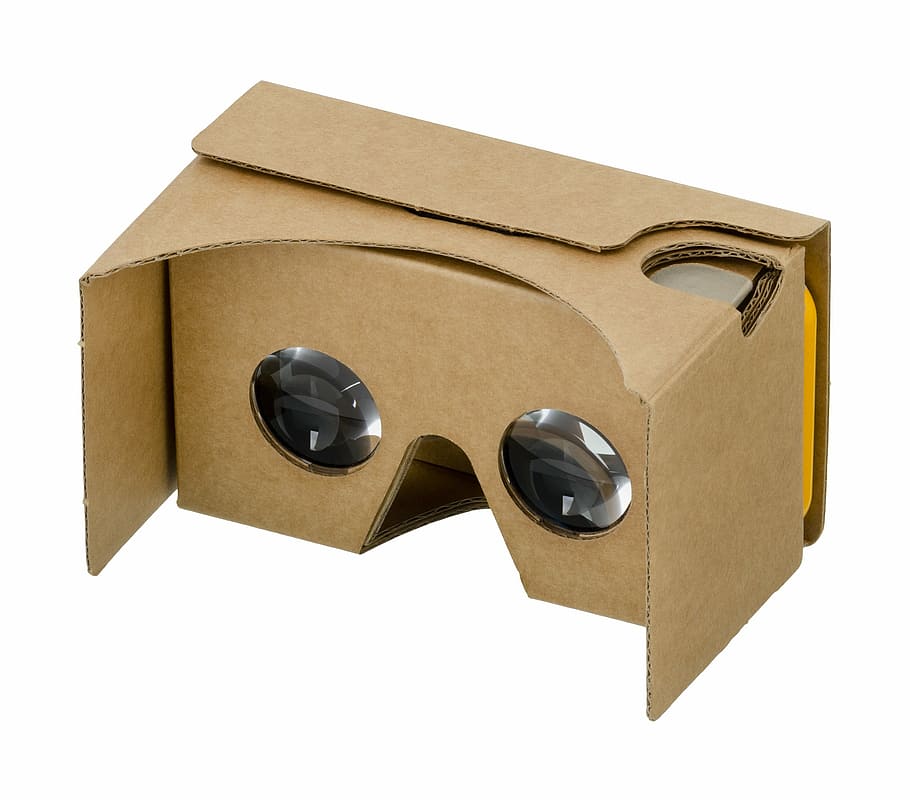
When Google introduced Cardboard in 2014, it was a game-changer for the virtual reality industry. With just a simple, low-cost device made of cardboard, a smartphone, and a couple of lenses, users could instantly access a world of immersive VR experiences.
The beauty of Cardboard lies in its simplicity and accessibility. It opened the doors to virtual reality for millions of people who couldn’t afford high-end VR headsets. Google Cardboard’s success paved the way for a new era of affordable VR devices.
Daydream: Google’s Step into Mobile VR
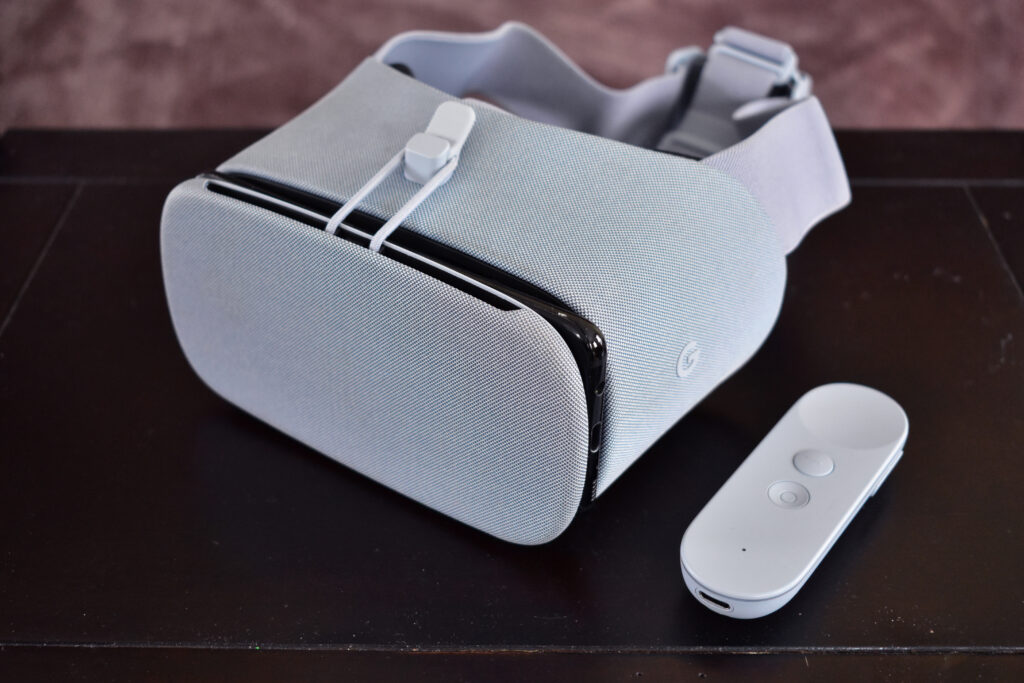
Building upon the foundation laid by Cardboard, Google launched the Daydream platform in 2016. Daydream took mobile VR to the next level, providing a more comfortable, user-friendly experience with a dedicated controller for navigation and interaction.
Daydream supported a wide range of smartphones, and the Daydream View headset offered a more polished, comfortable design. The platform featured a variety of apps and games, allowing users to explore virtual reality worlds, watch 360-degree videos, and even create their own immersive content.
What Lies Ahead for Google’s VR Initiatives?
While Google has decided to discontinue the Daydream platform, their commitment to virtual reality remains strong. Google’s acquisition of Owlchemy Labs, the creators of popular VR games like Job Simulator and Vacation Simulator, indicates a continued interest in VR content development.
Moreover, Google’s advancements in AR technology, such as Google Lens and ARCore, demonstrate their dedication to creating immersive experiences that blend the virtual and real worlds. As the VR landscape continues to evolve, we can expect Google to remain at the forefront of innovation, making virtual reality even more accessible and engaging for everyone.
Emerging VR Startups: The Next Generation of Virtual Reality Pioneers
While tech giants like Facebook, Sony, and Google have been instrumental in driving the VR industry forward, numerous startups are emerging as key players in shaping the future of virtual reality. These innovative companies are pushing the boundaries of VR and introducing groundbreaking applications that go beyond gaming and entertainment.
Magic Leap: Blurring the Lines Between Reality and Imagination
Magic Leap is a prime example of a startup that is revolutionizing the world of mixed reality (MR). With their cutting-edge spatial computing technology, Magic Leap aims to seamlessly blend digital and physical worlds, offering users a truly immersive experience.
Their flagship product, the Magic Leap 2, is a lightweight, wearable MR headset that allows users to interact with digital content in a natural, intuitive way. From architecture and design to healthcare and education, Magic Leap’s technology has the potential to transform a wide range of industries.
Virtuix Omni: Stepping Into the World of VR
Virtuix is another startup that’s making waves in the VR industry. They’ve developed an innovative “omnidirectional treadmill” that allows users to walk, run, and even jump in virtual environments, bringing a whole new level of immersion to VR experiences.
The Virtuix Omni platform is not only ideal for gaming but also has potential applications in fitness, training, and simulation. By providing a more realistic and engaging way to navigate virtual worlds, Virtuix Omni is breaking new ground in the realm of virtual reality.
Neurable: Unlocking the Power of the Mind
Neurable is a startup that’s pushing the limits of what’s possible in VR by developing brain-computer interface (BCI) technology. Their groundbreaking system allows users to control virtual environments using only their thoughts.
By combining advanced machine learning algorithms with non-invasive electroencephalography (EEG) sensors, Neurable’s BCI technology can interpret brain activity in real-time, enabling users to interact with VR content in a truly futuristic way. The potential applications for this technology are vast, ranging from accessibility solutions to next-level gaming experiences.
These startups, along with countless others, are shaping the future of virtual reality. As they continue to innovate and push the boundaries of what’s possible, the potential of VR technology becomes even more exciting and limitless.
Conclusion
From the early innovators who laid the groundwork to the tech giants and startups currently pushing the boundaries of VR, the virtual reality landscape has come a long way. With groundbreaking advancements in hardware, software, and applications across various industries, VR is no longer just a futuristic dream but an essential part of our lives.
Companies like Meta, Sony, Google, HTC, and numerous emerging startups have played a crucial role in making VR more accessible and versatile. As we’ve seen through various applications like gaming, social interactions, healthcare, and professional use, virtual reality has the potential to reshape the way we interact, work, learn, and play.
As we continue to explore the limitless possibilities of VR, one thing is certain: we’re only at the beginning of this incredible journey. The future of virtual reality is bright, and as technology continues to evolve, the experiences it offers will become even more immersive, engaging, and transformative. Embrace the VR revolution and get ready to witness the remarkable impact of virtual reality on our world.

